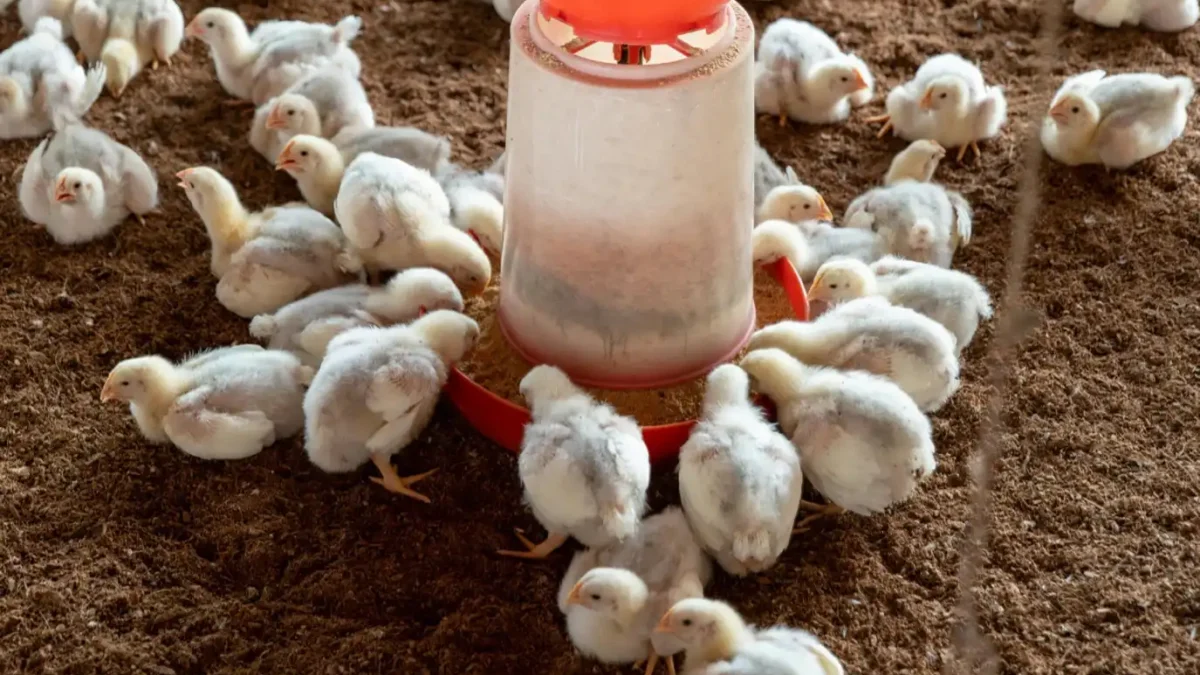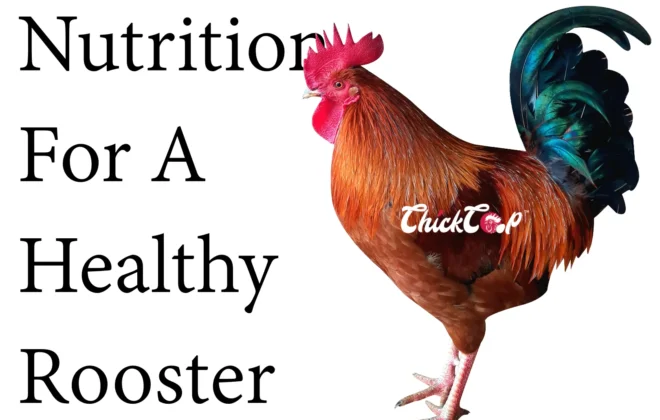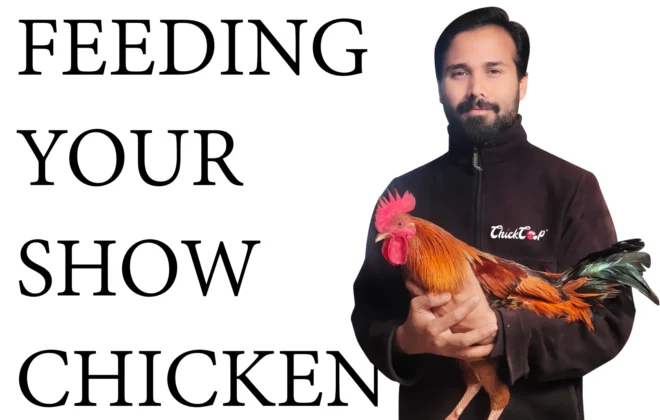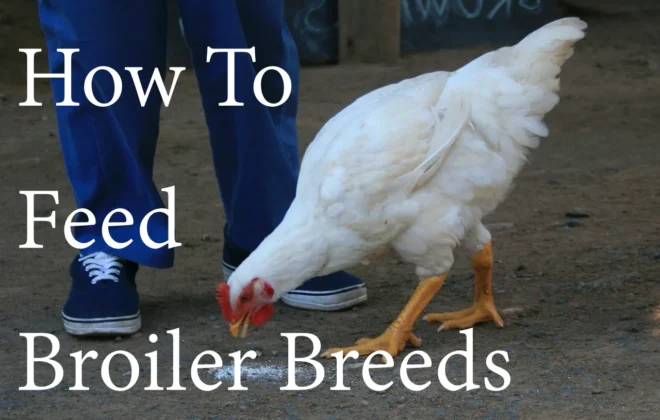
Protein Needed During Chicken’s Growth
Why It Matters and How to Get It Right
Raising healthy, productive chickens begins with understanding one of the most critical nutrients in their diet: protein. Just as protein is essential in the human diet for muscle, energy, and cell repair, it plays a fundamental role in the growth, reproduction, and overall vitality of chickens. Whether you are raising broilers, layers, or breeders, protein makes up the most valuable—and often the most costly—part of poultry feed. Getting it right can mean the difference between thriving birds and underperforming flocks.
Why Protein Is Essential for Chickens
Protein is made up of amino acids, the building blocks of life. For chickens, these amino acids are required for a variety of functions:
- Growth and Development: Young chicks need high amounts of protein to build muscles, tissues, and feathers.
- Egg Production: Laying hens require protein to sustain regular, healthy egg production.
- Molting: Feathers are approximately 85% protein, so during molting periods, chickens need an extra boost.
- Breeding: Roosters and hens involved in breeding programs need sufficient protein for fertility and vigor.
However, protein requirements vary based on the bird’s age, breed, and purpose. Feeding the right amount of protein—not too much and not too little—is key.
Protein Requirements by Chicken Type
Here’s a clear breakdown of protein needs at different life stages:
Broilers (Meat Birds):
0-1 Week: Broiler Pre-Starter (20-24%)
1-3 Weeks: Broiler Starter (20-24%)
3 Weeks to Butchering: Broiler Finisher (16-20%)
Layers (Egg-Laying Hens):
0-1 Week: Pullet Pre-Starter (20-24%)
1-6 Weeks: Pullet Starter (20-18%)
6-14 Weeks: Pullet Grower (18-16%)
14-20 Weeks: Pullet Developer (16-14%)
20+ Weeks: Pullet Layer+ (16-18%)
Cocks (Roosters):
Maintenance: Layer + Scratch (9%)
Breeders:
20+ Weeks: Breeder Feeds (18-20%)
See the table below for your reference:
| Breeds | Duration | Ration Type | Protein in Percent (%) |
| Broiler | 0-1 Week | Broiler Pre-Starter | 20-24 |
| 1-3 Weeks | Broiler Starter | 20-24 | |
| 3 Weeks to Butchering | Broiler Finisher | 16-20 | |
| Layers | 0-1 Week | Pullet Pre-Starter | 20-24 |
| 1-6 Weeks | Pullet Starter | 20-18 | |
| 6-14 Weeks | Pullet Grower | 18-16 | |
| 14-20 Weeks | Pullet Developer | 16-14 | |
| 20+ Weeks | Pullet Layer+ | 16-18 | |
| Cocks | Maintenance | Layer + Scratch | 9 |
| Breeders | 20+ Weeks | Breeder Feeds | 18-20 |
Sources of Protein for Chickens
There are many ways to provide protein to your flock, each with its benefits:
1. Animal Protein: Eggs, meat scraps, fish meal, and milk are excellent sources. They provide essential amino acids not found in grains. Especially valuable during molting, animal protein helps regrow feathers and improve show bird condition.
2. Plant Protein: Soybeans, legumes, nuts, and seeds are common plant-based protein sources. They are widely used in commercial feeds due to their availability and cost-effectiveness.
3. Supplemental Treats: Mealworms, black soldier fly larvae, and peas are popular with backyard chicken keepers and provide a natural protein boost.
Balancing Protein with Seasonal Needs
Protein needs don’t remain constant throughout the year. A smart poultry keeper knows when to adjust feed:
- Colder Months: Chickens expend more energy keeping warm, so a diet higher in carbohydrates and slightly lower in protein can help reduce costs without compromising health.
- Molting Season: When chickens shed and regrow feathers, they need more protein to support feather production.
- Egg-Laying Peaks: Layers require steady protein to maintain consistent egg production.
Caution: Make Protein Changes Slowly
Abruptly changing protein levels in feed can disrupt digestion and stress your flock. Always transition feed gradually, blending the old feed with the new over 7–10 days.
Why Protein Costs More—and Why It’s Worth It
Protein is typically the most expensive part of poultry feed, but it’s also the most critical. Cutting corners may save money upfront but can result in poor growth, lower egg production, or health issues that cost more in the long run. The goal should always be quality, balanced nutrition rather than cheap feed.
Final Thoughts
Chickens thrive when their protein needs are met at each life stage. Broilers grow faster and healthier, layers produce more reliable eggs, and breeders remain fertile and strong. Understanding the relationship between protein, seasonal demands, and life stage ensures your flock remains productive and healthy year-round.
At the end of the day, feeding the right protein is not just about performance—it’s about the well-being of your birds.
At ChickCoop®, we’re more than just a Chicken Company, writing interesting blogs about them– we’re your trusted partner in building a modernized, sustainable and profitable farm. From breed selection to buy-back support, feed guidance, and modern farm management tips, we ensure farmers like you achieve the best results and profits.
Call us today to discuss your farming needs
📧 Email us at: write@chickcoop.in
📞 Call us: +91-9939209699


